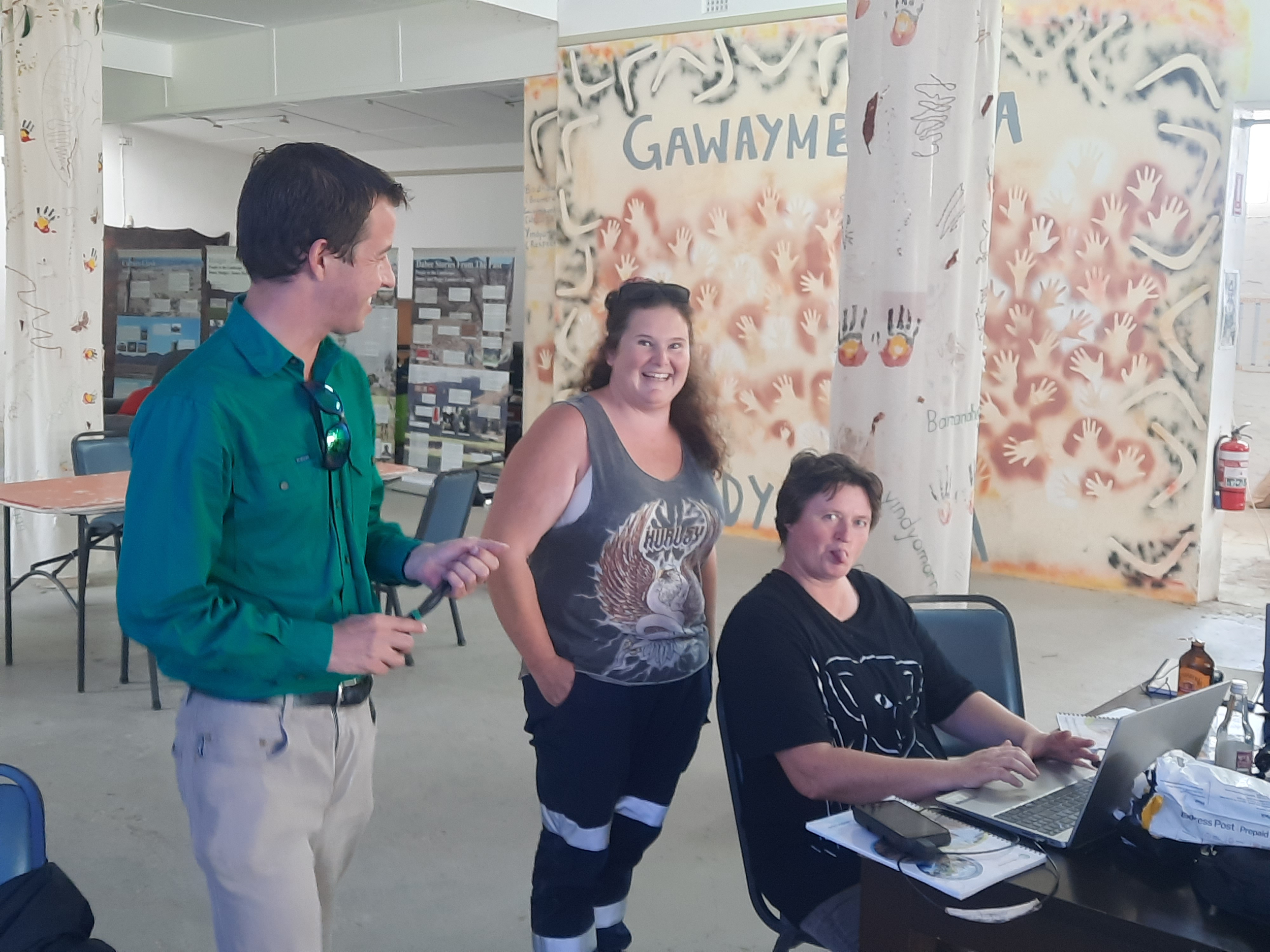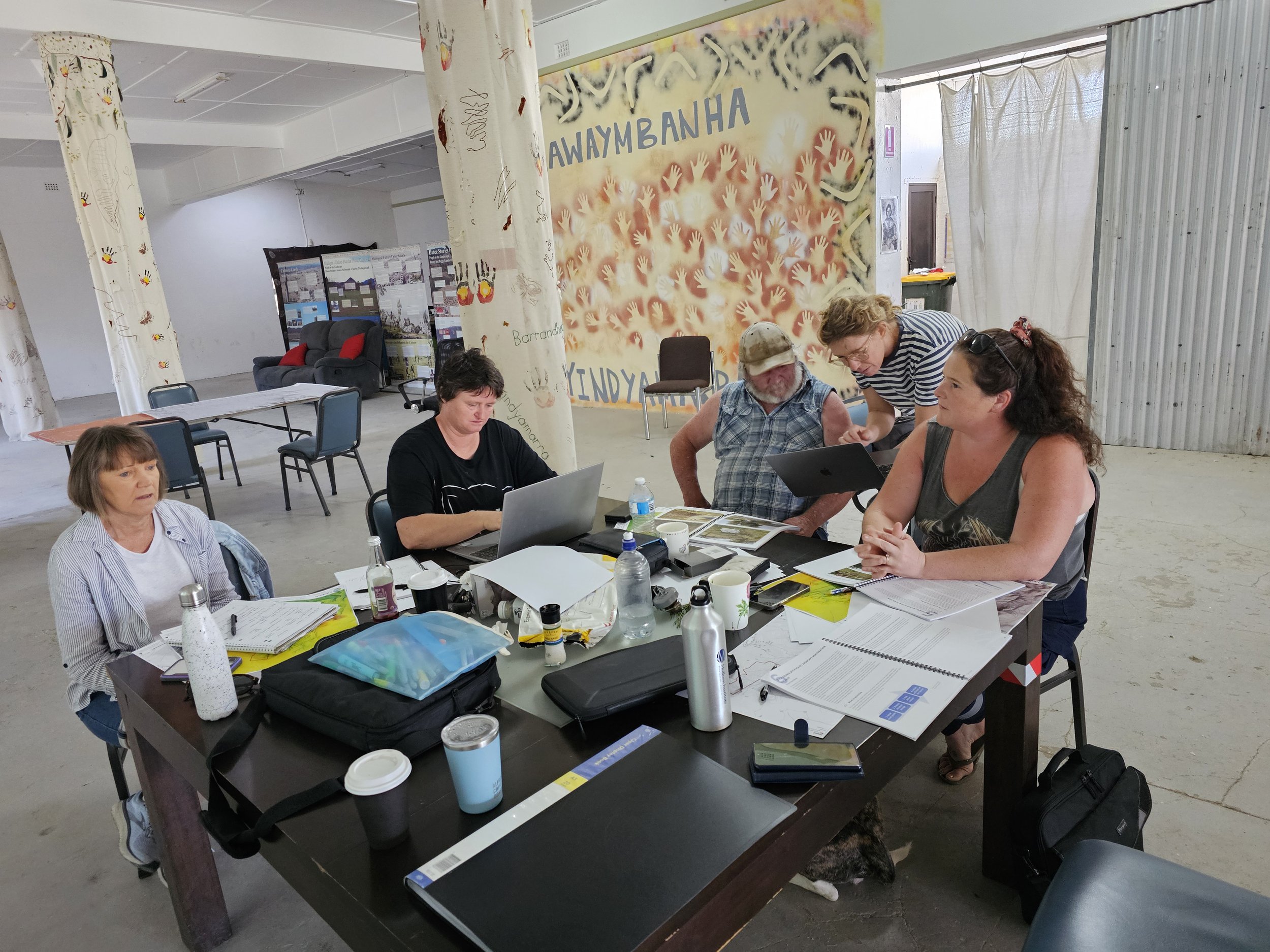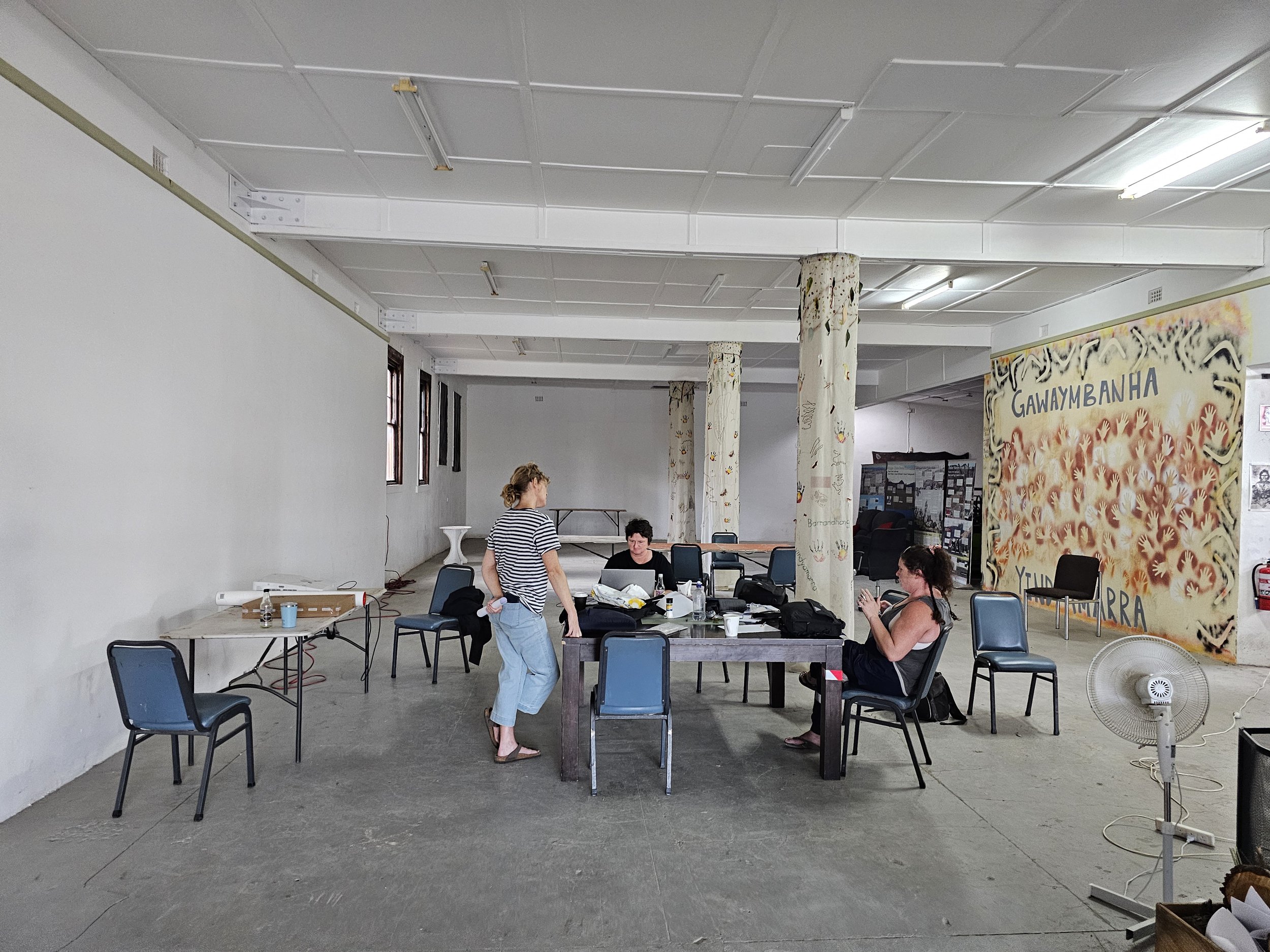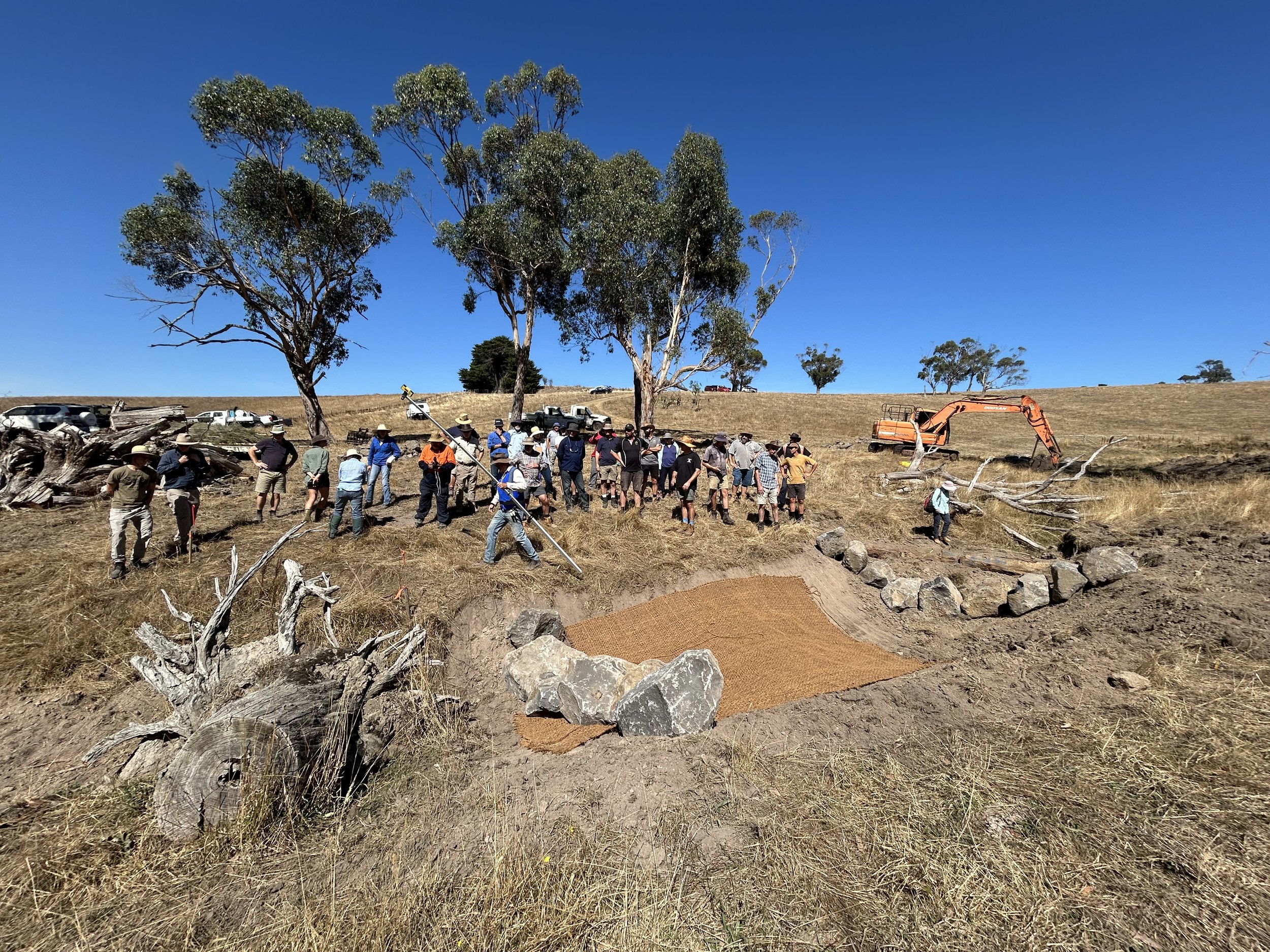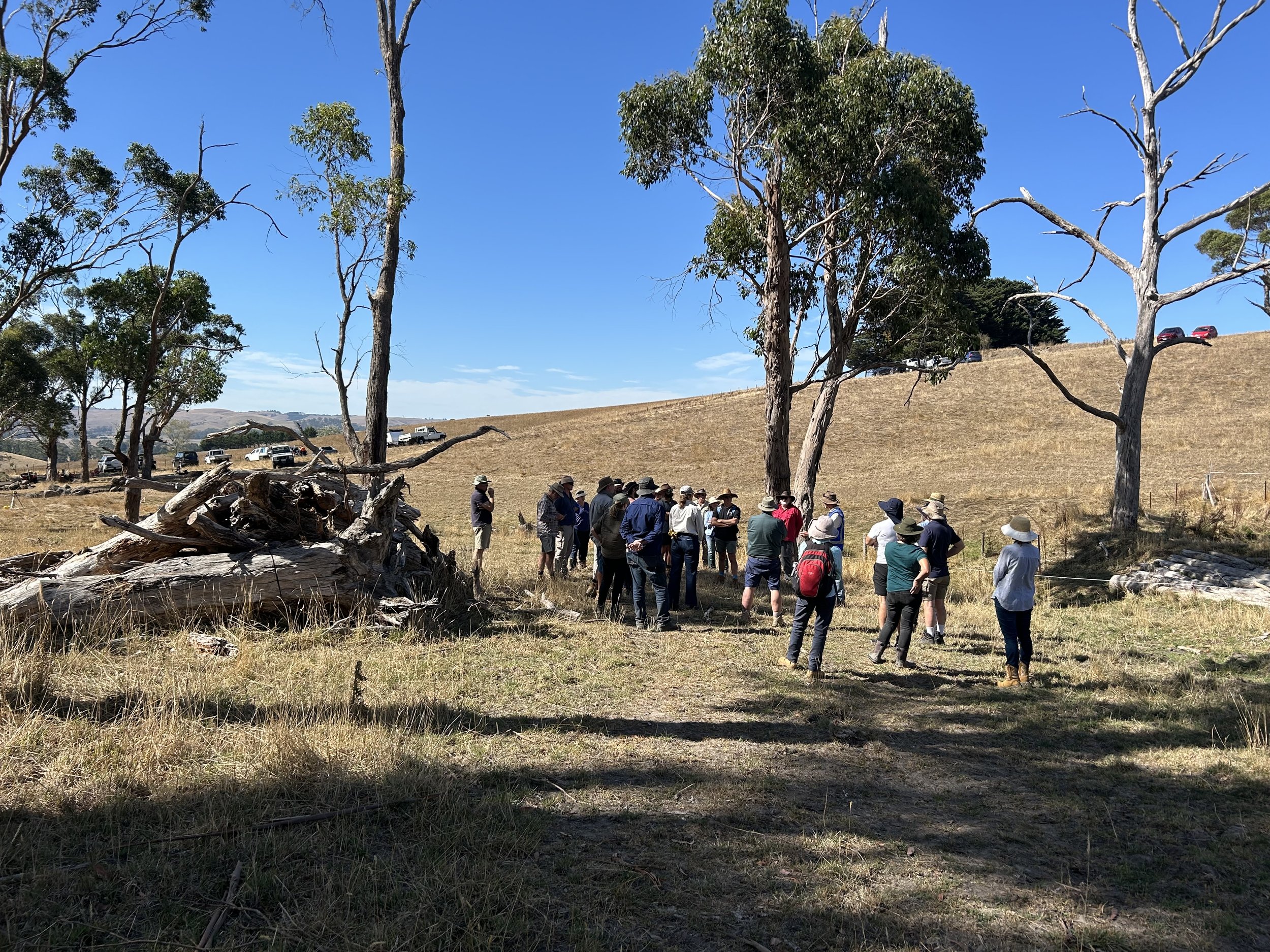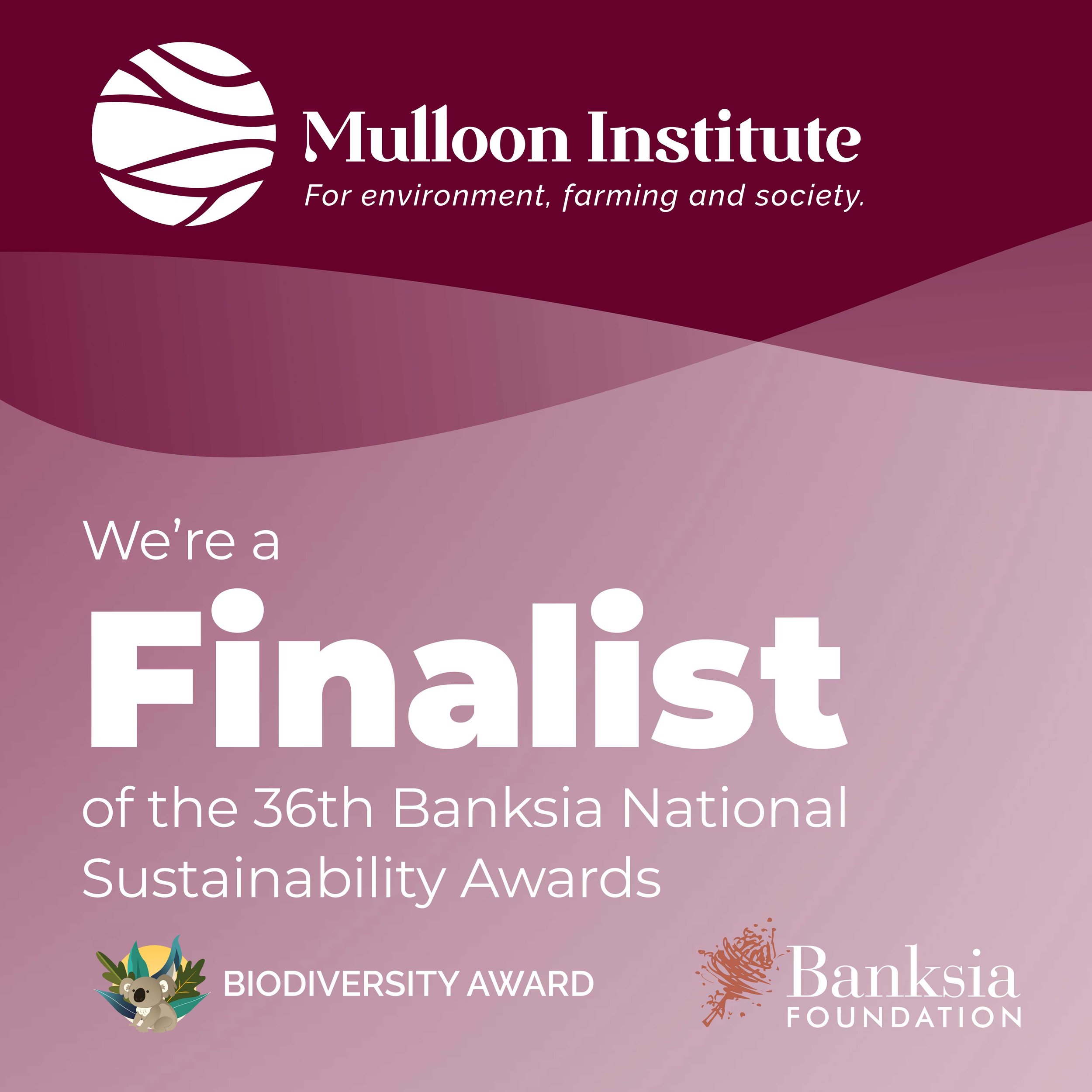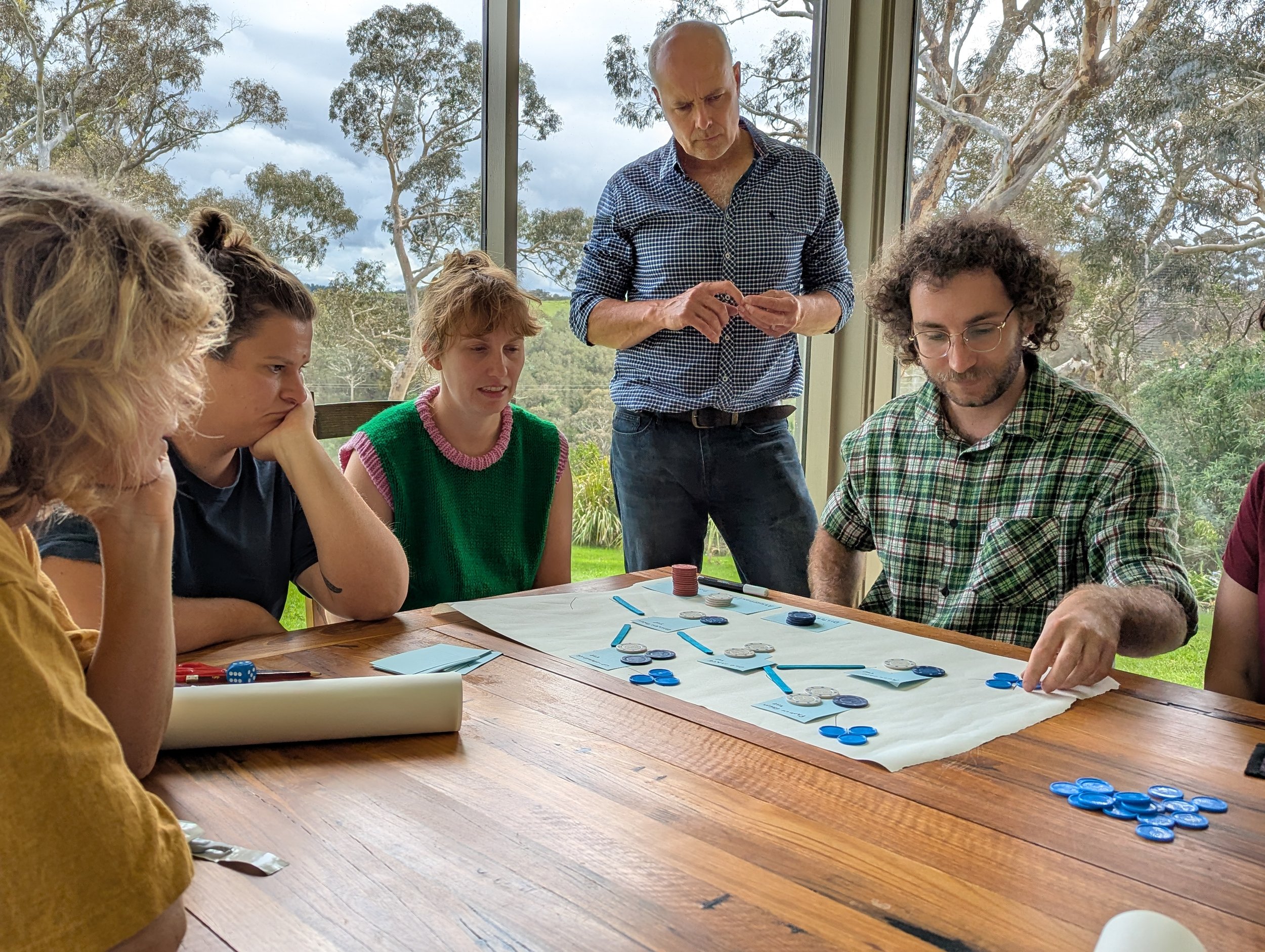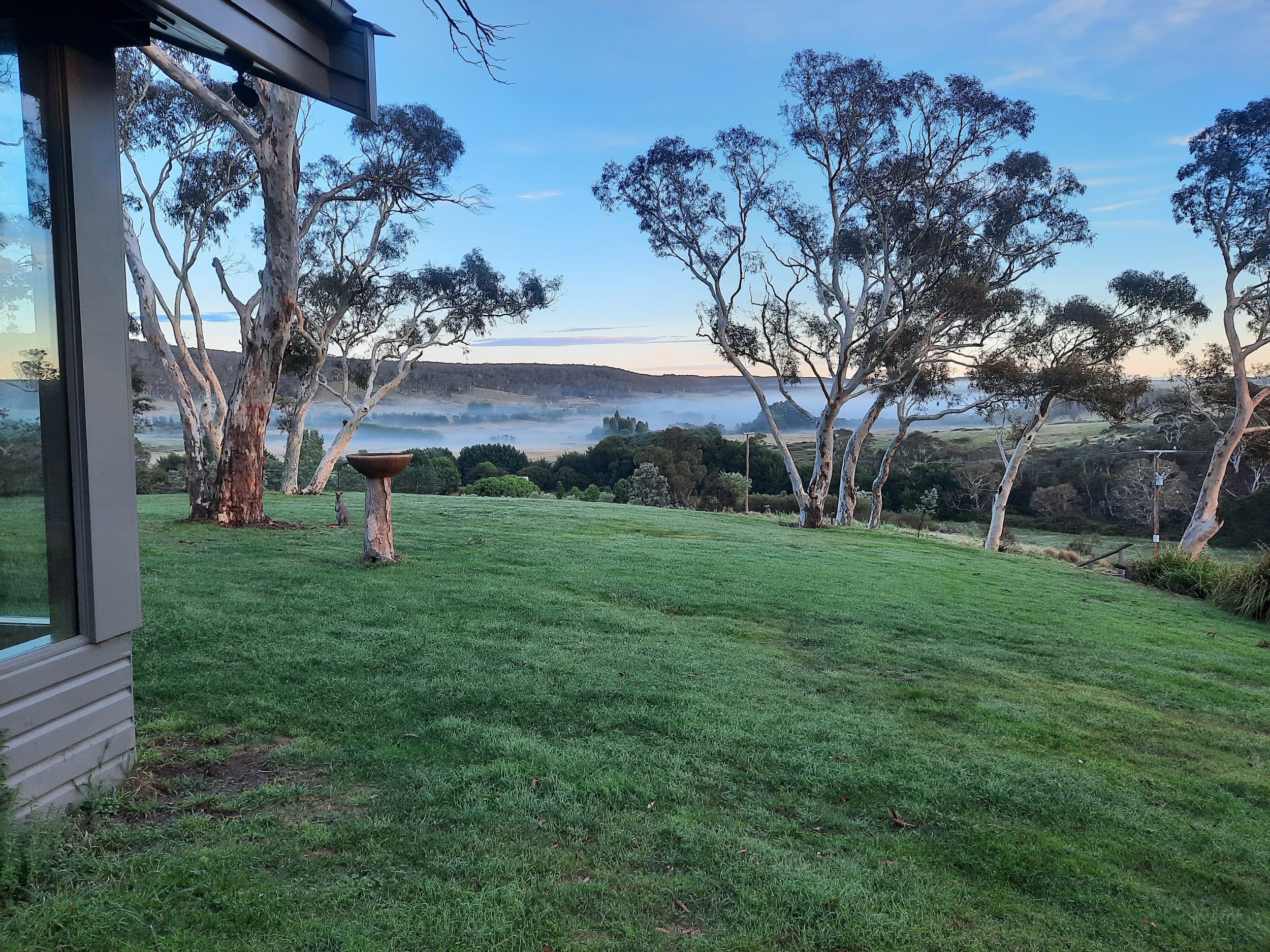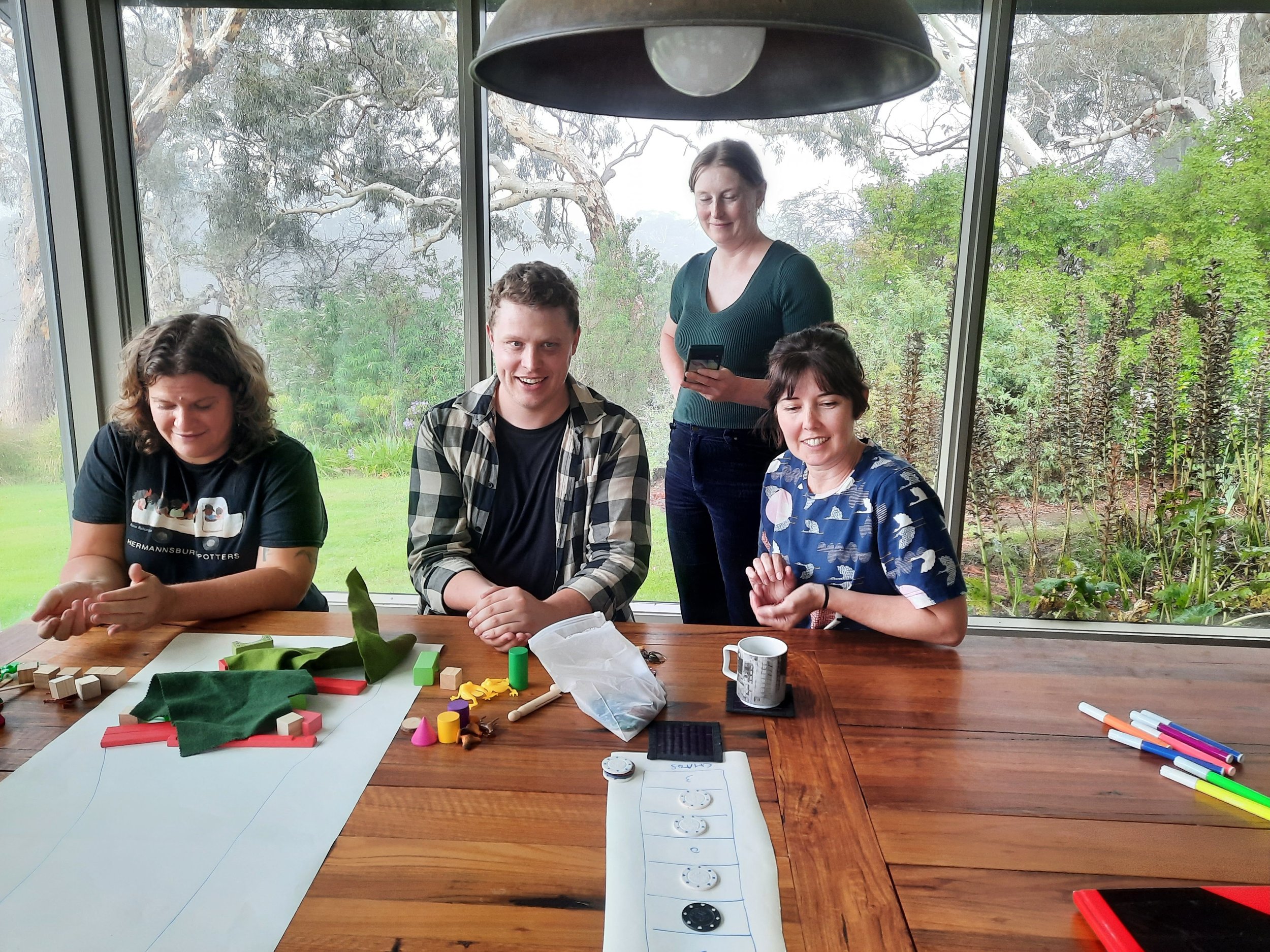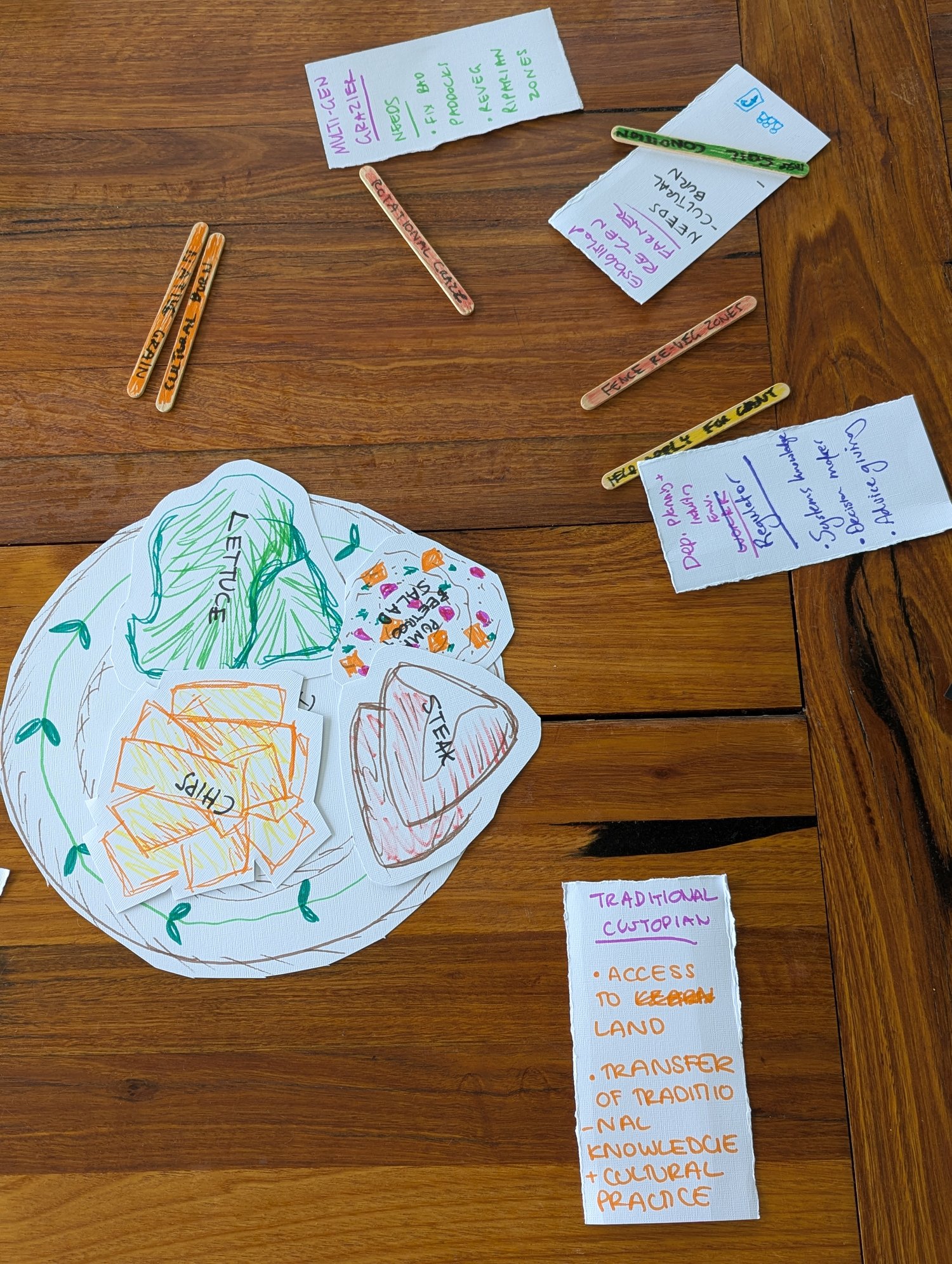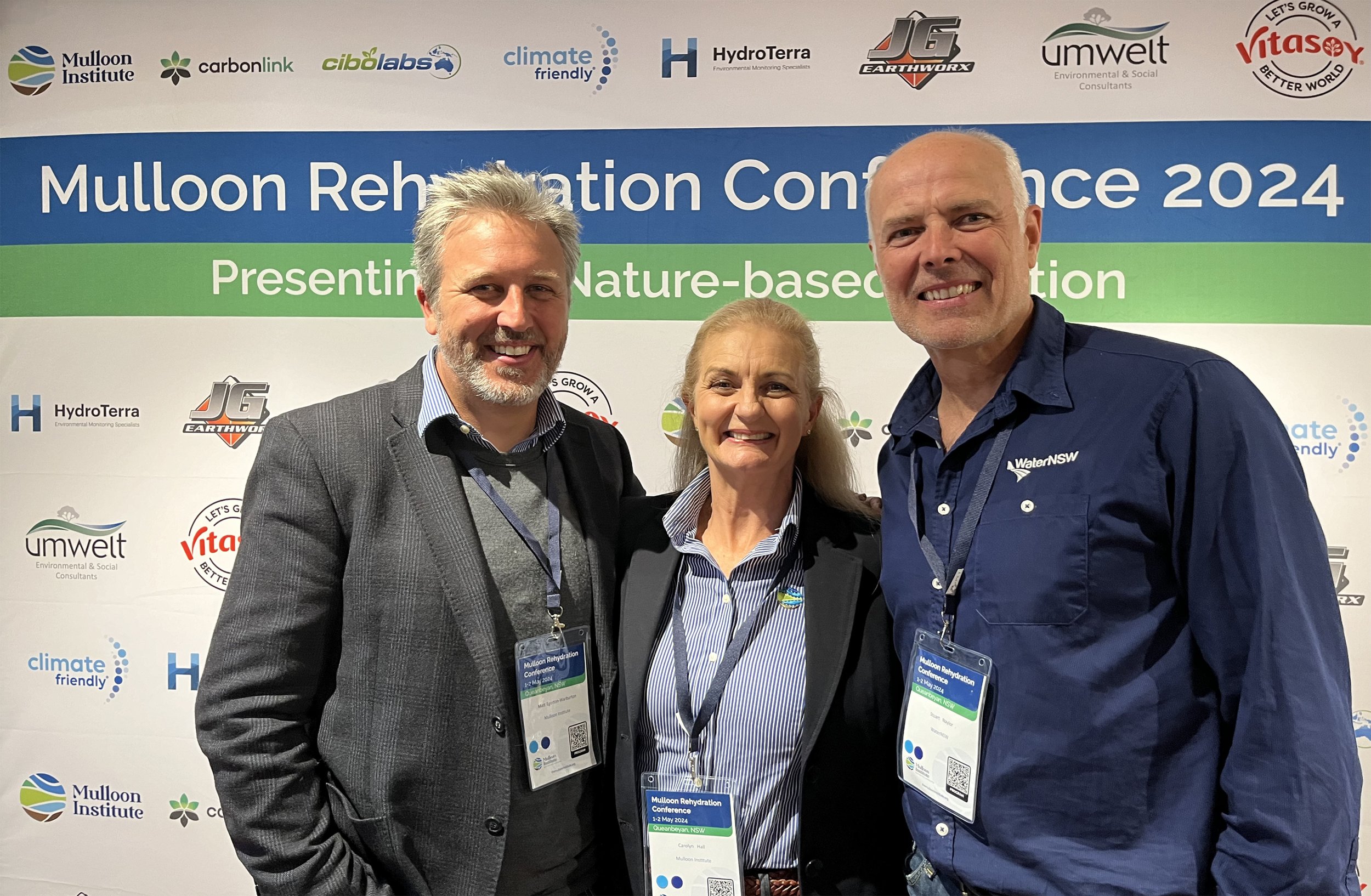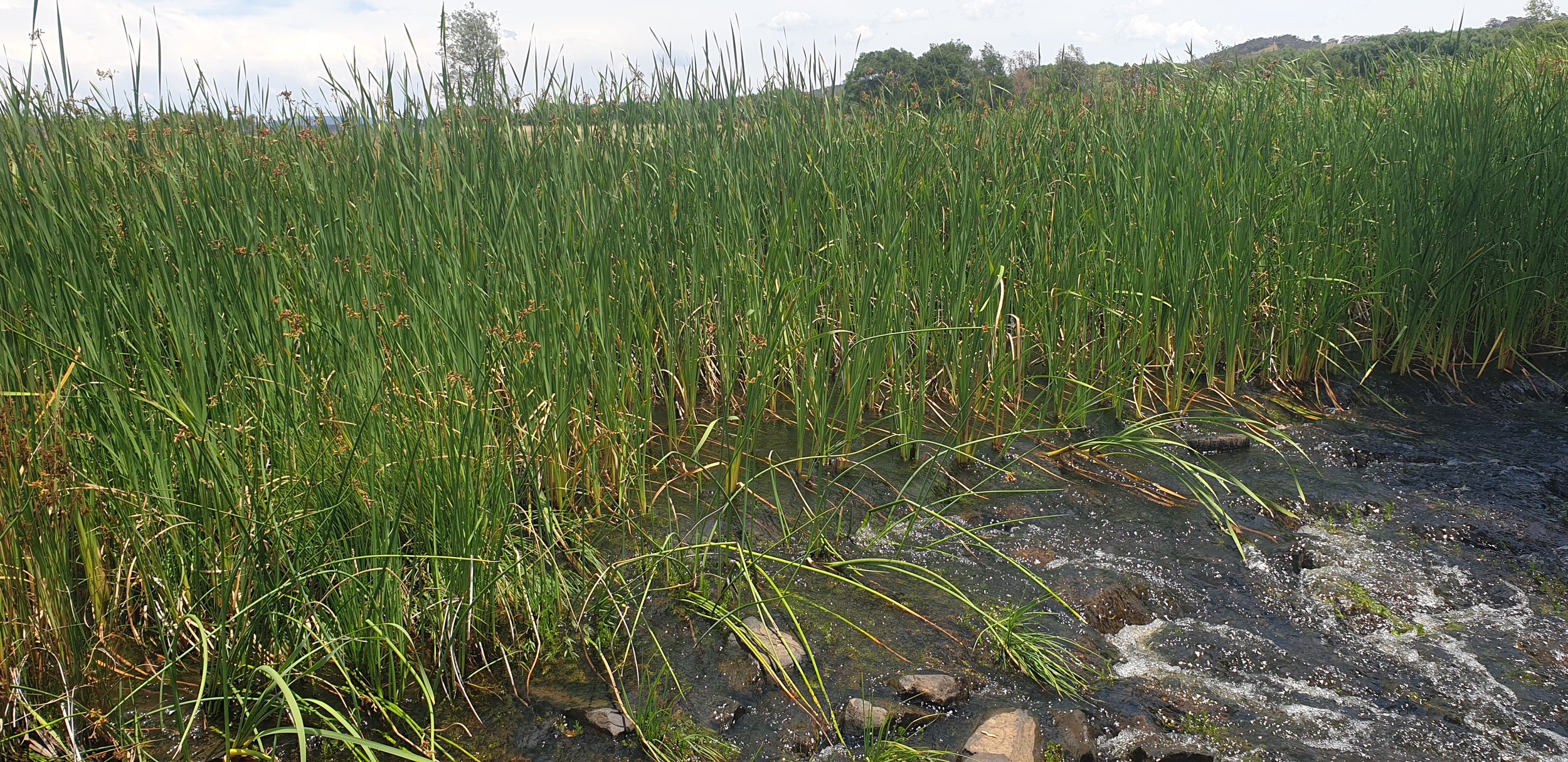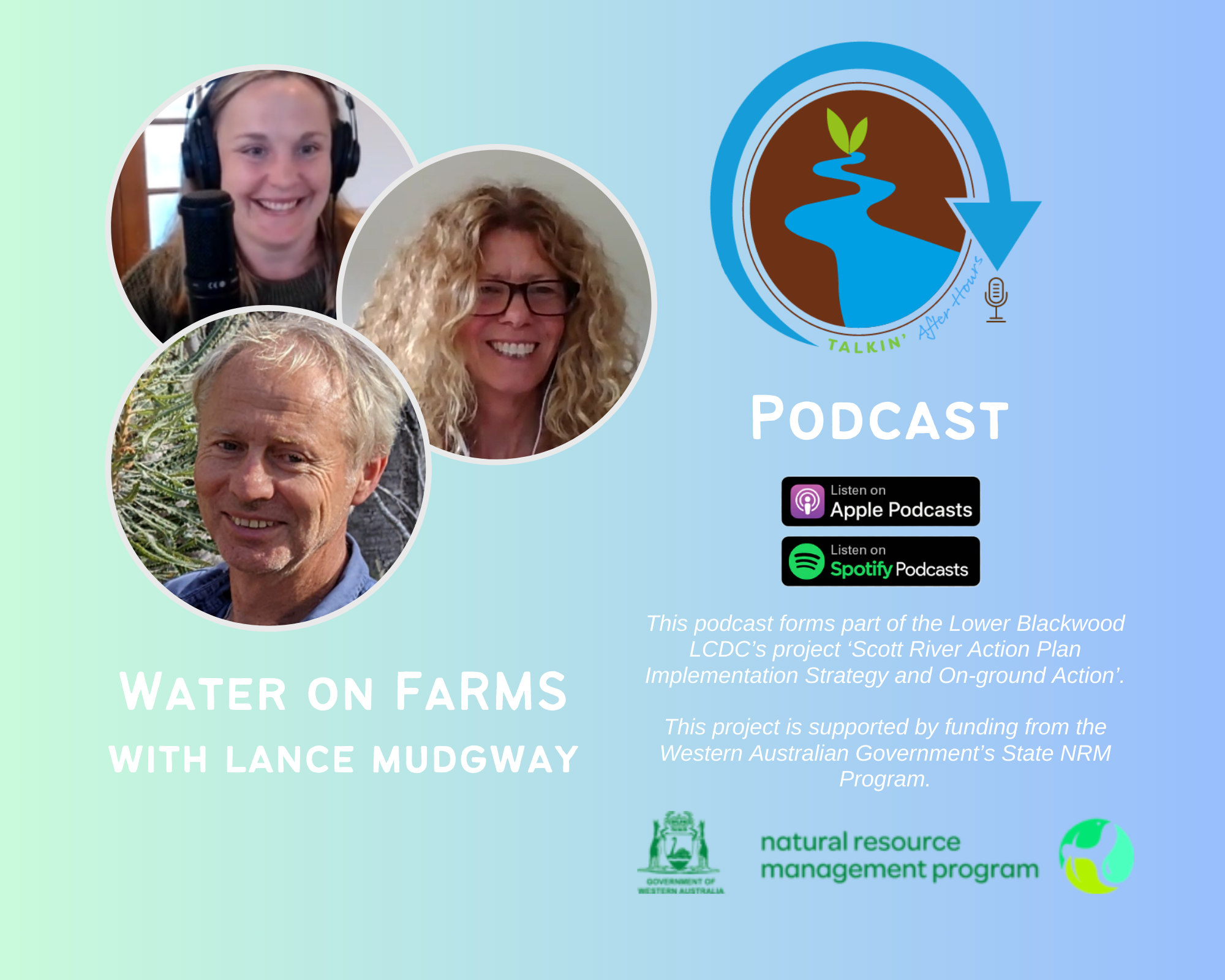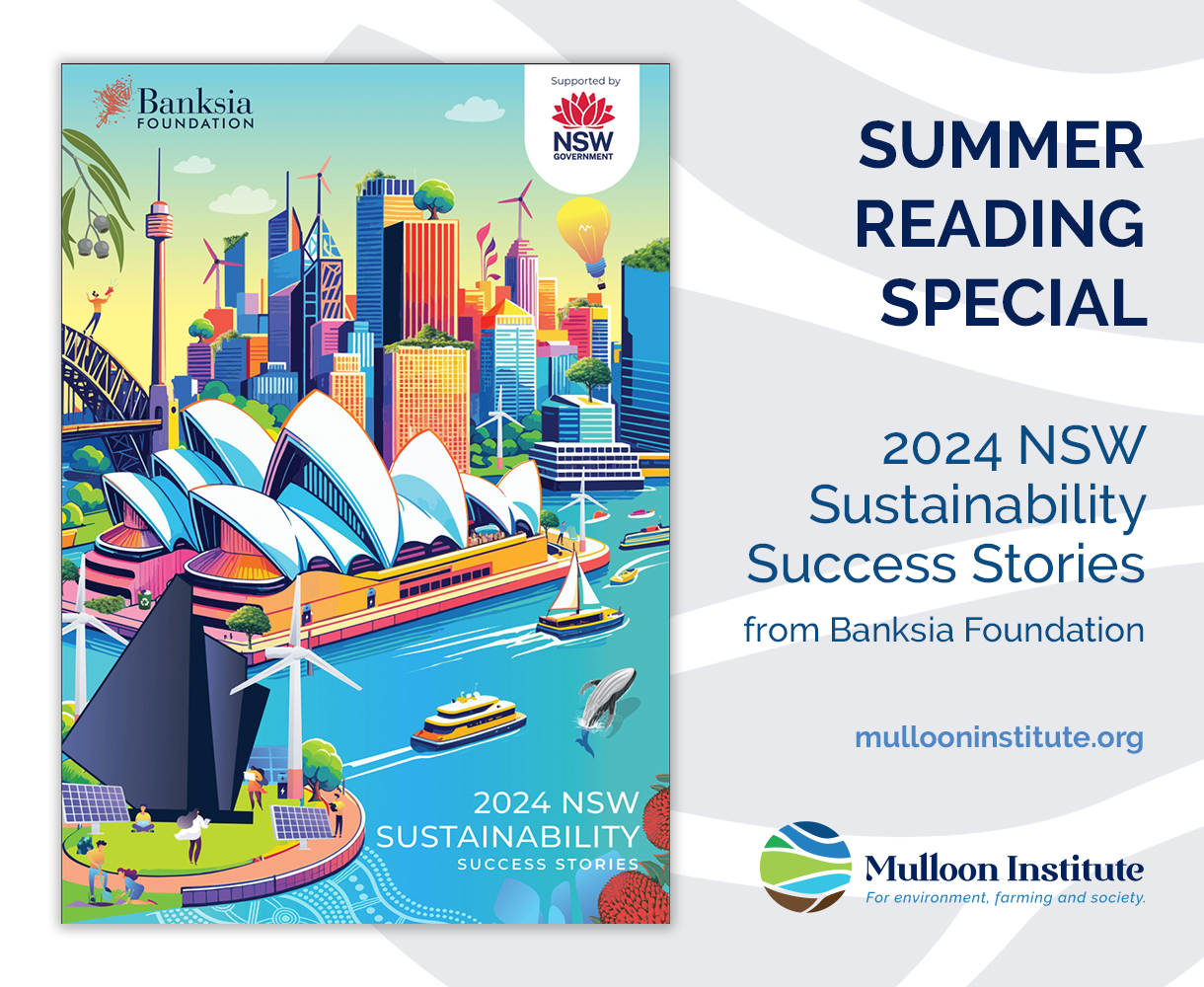The following article is taken directly from the RegenWA resources page. The beautifully shot and informative video above is by Simple Ben Stories.
On October 8 2024, around 30 growers and industry stakeholders descended upon ‘Paraway’; a holistically managed organic beef property in the Blackwood Valley owned by Lori and Warren Pensini.
Warren and Lori hand select their cattle, raising and finishing them in a grass-fed, low stress natural herd environment, free from artificial growth hormones and antibiotics. Their approach to farming centres around soil health and catchment restoration; which is where their landscape rehydration work has been so critical in both regenerating their landscape and, in turn, the successful production of premium beef supplied to Dirty Clean Food.
Having been implementing a whole-farm landscape rehydration plan with the support of the Mulloon Institute for some time, Warren and Lori are no strangers to sharing their wealth of knowledge with others. This extremely valuable experience ensured they were nothing short of perfect hosts for ‘Landscape Rehydration for Improved Productivity’.
The field day included expertise from hydrologist Lance Mudgway (Mulloon Institute), agronomist Col Bowey (CB Farming Systems), and featured interactive field walks, a real-time contour bank demonstration, detailed, practical explorations of soil pits, and exceptional catering provided by Galloway Springs.
Key takeaways from the day included…
-
Achieving perfect adherence to all regenerative agriculture principles isn’t always feasible; adding achievable practices suited to your own context is much more important and manageable.
-
Pensinis, for example, see merit in selective spray use to assist with the establishment of perennial pastures, using a tine seeder in areas that a disc seeder has proven to be unsuitable for, and using once-off deep ripping as a tool for initial establishment of deep roots.
-
Get to know your landscape!
-
Implement a top-down approach!
-
Try planting trees high in the landscape, and look into use them as a potential income-diversification source.
-
Utilise contours to redistribute water from salinity and waterlogging-prone areas to drier parts of the landscape.
-
Re-naturalise creek lines and gullies using structures like pin weirs to slow erosion and salinisation.
-
Plants come first!
-
Transforming anaerobic soils to aerobic soils, and overcoming constraints caused by heavy metal accumulation requires a plant-first approach.
-
Getting roots in the ground will ensure subsequent management changes are more effective.
-
Plants are ley to effective water use, distribution, and rehydration across a whole landscape.
This event is hosted by Mulloon Institute, through funding from the Western Australian Government State NRM Program. Support has been provided by the Blackwood Basin Group and RegenWA. RegenWA is powered by the Perth NRM Restoration Impact Framework project with funding from Lotterywest, State NRM, and Commonland.

